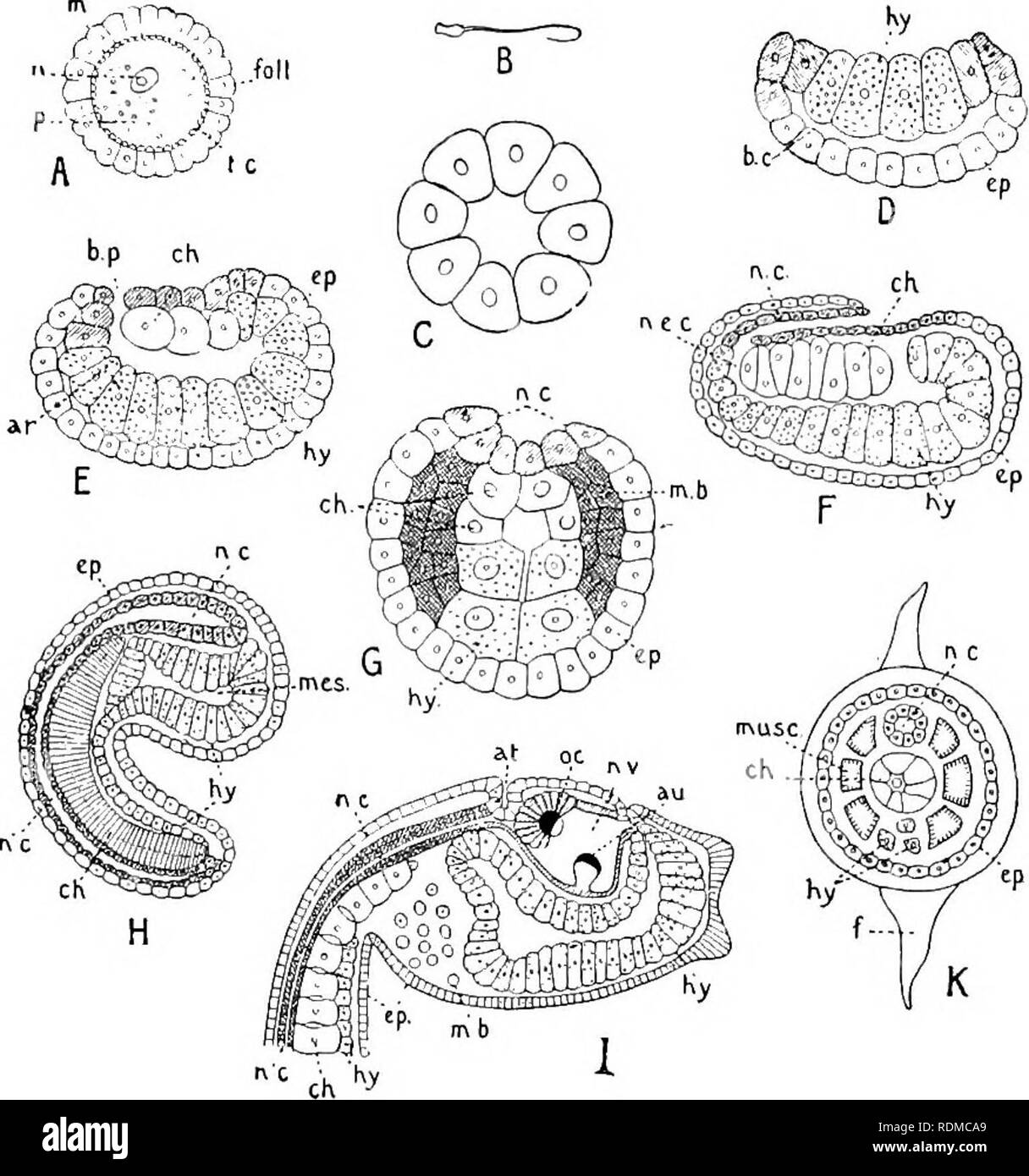

Despite their close relationship to arthropods, the development of onychophorans is in some aspects crucially different from arthropod development. However, it is still the case that relatively little is known about onychophoran biology, including their development. Because of the phylogenetic position of the onychophorans at the base of the highly divergent arthropods, understanding of onychophoran development is critical for the unravelling of ancestral developmental traits of the common ancestor of onychophorans and arthropods. The phylum Onychophora is closely related to the Arthropoda. Rather, in line with other recent results, it suggests that ancestral bilaterian development was deuterostomic. The new data from the onychophorans thus remove one of the key pieces of evidence for the amphistomy theory. Onychophoran development therefore represents a case of ‘concealed’ deuterostomy. Rather, the posterior pit appears to be the blastopore the posterior of the groove later fuses with it to form the definitive anus. Based on expression patterns of forkhead ( fkh), caudal ( cad), brachyury ( bra) and wingless ( wg/Wnt1), we show that this groove does not correspond to the blastopore, even though both the mouth and anus later develop from it. The interpretation of this structure has, however, proved problematic. One of the key pieces of evidence for this ‘amphistomy’ theory comes from the onychophorans, which form a clear ventral groove during gastrulation.

In recent years, the idea that gastrulation primitively proceeded via the formation of a slit-like blastopore that then evolved into either protostomy or deuterostomy has gained renewed attention and some molecular developmental support.

The ancestral states of bilaterian development, and which living groups have conserved them the most, has been a controversial topic in biology for well over a hundred years.


 0 kommentar(er)
0 kommentar(er)
